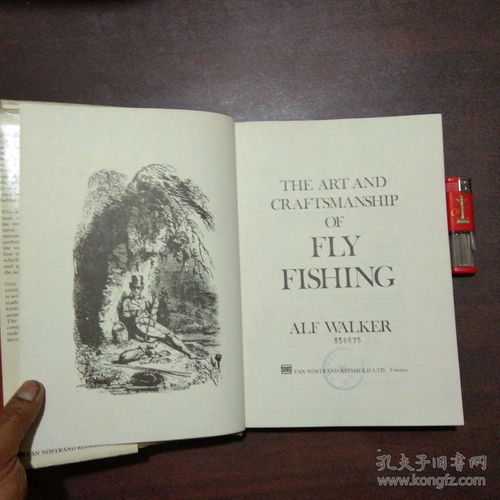The Art of Fishing: A Comprehensive Guide to Using Worms as Baits
Fishing is an ancient pastime that has been cherished by countless enthusiasts across the globe. One of the most popular and effective methods of fishing is using worms as baits. These wriggling creatures have a unique ability to attract a wide variety of fish species, making them a staple in the fishing tackle box. In this comprehensive guide, we will delve into the intricacies of using worms as baits, covering everything from selecting the right type of worms to mastering the art of tying them onto your hook. Let's dive in and discover how to use worms effectively to catch more fish.

Understanding Worms as Baits
Worms are natural forage for many fish species, making them an excellent choice for bait. They are particularly favored for their ability to mimic the movement and appearance of live prey. The key to using worms successfully lies in understanding their behavior and preferences. Different species of worms are suitable for different types of fishing environments and fish species.
Types of Worms for Fishing
Nightcrawlers: Also known as red wigglers, nightcrawlers are among the most popular types of worms used for fishing. They are versatile and can be used in a variety of freshwater and saltwater environments.
Earthworms: These are the most common type of worm found in gardens and lawns. They are suitable for most freshwater fishing scenarios.
Leachworms: Similar to nightcrawlers, leachworms are slender and have a distinct segmented body. They are often used for targeting larger fish species.
Bloodworms: These small, red worms are particularly effective for catching baitfish and smaller species in both freshwater and saltwater.
Grubs: These are small, segmented worms that resemble the larvae of certain insects. They are great for attracting panfish and trout.
Selecting the Right Worms
The key to successful fishing with worms lies in selecting the right type for the environment and the species you are targeting. Consider the following factors when choosing your worms:
- Size: The size of the worm should match the size of the fish you are trying to catch. Larger fish require larger worms, while smaller fish can be caught with smaller ones.
- Condition: Live worms are more effective than dead ones. Ensure your worms are active and wriggling before using them as bait.
- Availability: Some types of worms may be more readily available than others. Consider the types of worms you can easily access in your area.
How to Store Worms
Properly storing your worms is crucial for maintaining their vitality and effectiveness. Here are some tips for storing worms:
- Cool and Moist: Keep your worms in a cool, dark place with a slight moisture level. A damp paper towel or a plastic container with holes for air circulation can be used.
- Avoid Heat: Heat can kill worms, so avoid storing them in warm places.
- Change Water: If you are using a container with water, change the water regularly to prevent it from becoming stagnant.
The Art of Tying Worms onto a Hook
Tying a worm onto a hook is a skill that takes practice to master. Here's a step-by-step guide to help you get started:
Choose the Right Hook: Select a hook that is appropriate for the size of the worm and the type of fishing you are doing. For larger worms, a larger hook is recommended.
Prepare the Worm: Gently hold the worm with your fingers and pull the end away from the body to expose the mouth.
Thread the Hook: Insert the point of the hook through the mouth of the worm, pushing it through the worm's body until it reaches the end of the hook.
Secure the Worm: Wrap the worm around the shank of the hook, leaving the end of the worm exposed. Push the worm's body up against the hook eye to secure it in place.
Add Weight (Optional): If you are fishing in a heavy current or need to reach deeper waters, you can add a split shot weight to your line to help the worm stay on the bottom.
Fishing Techniques with Worms
Still Fishing: This involves casting your line out and letting the worm sit on the bottom until a fish bites. It's a great technique for slow-moving water.
Trotting: This involves slowly reeling in your line with short, quick movements. It's effective for covering more water and can attract fish that are actively searching for food.
Jigging: This involves quickly moving the worm up and down in the water column. It's particularly effective for targeting fish that are feeding near the surface.
Trolling: This involves dragging the worm behind a moving boat. It's a great technique for covering large areas of water and can be effective for catching a variety of fish species.
Conclusion
Using worms as baits is a fundamental aspect of fishing that has stood the test of time. By understanding the types of worms, selecting the right ones, mastering the art of tying them onto hooks, and employing effective fishing techniques, you can significantly improve your chances of catching more fish. Whether you're a seasoned angler or a beginner, incorporating worms into your fishing strategy is a surefire way to enhance your fishing experience. Happy fishing!












